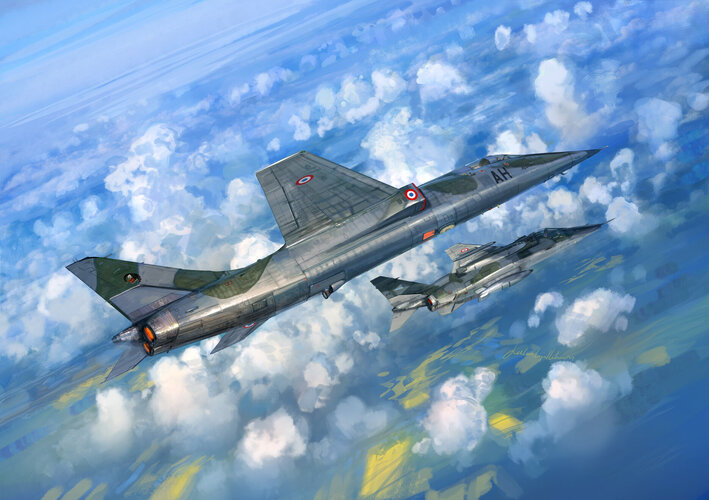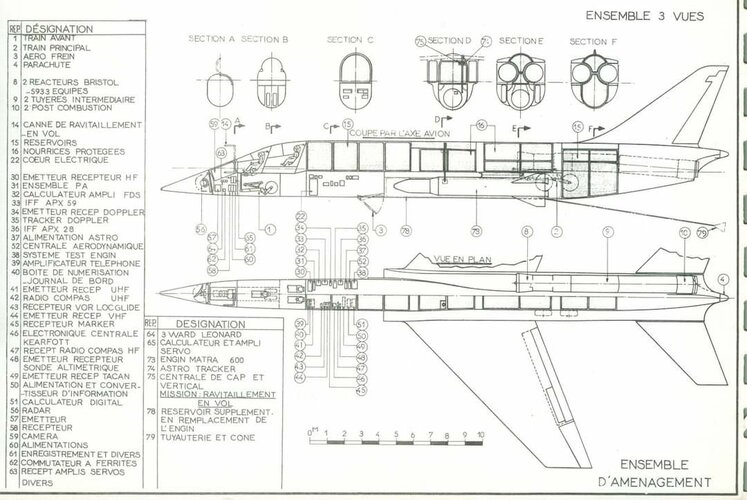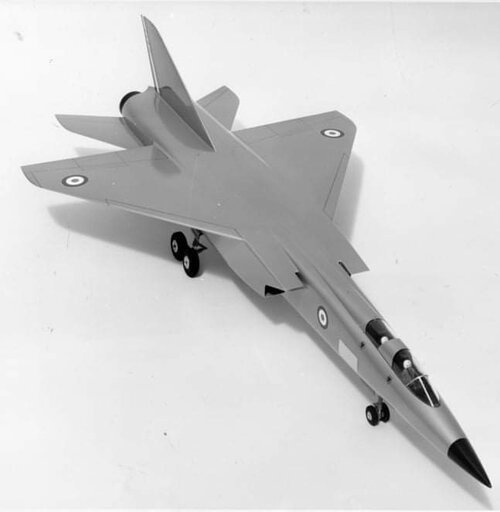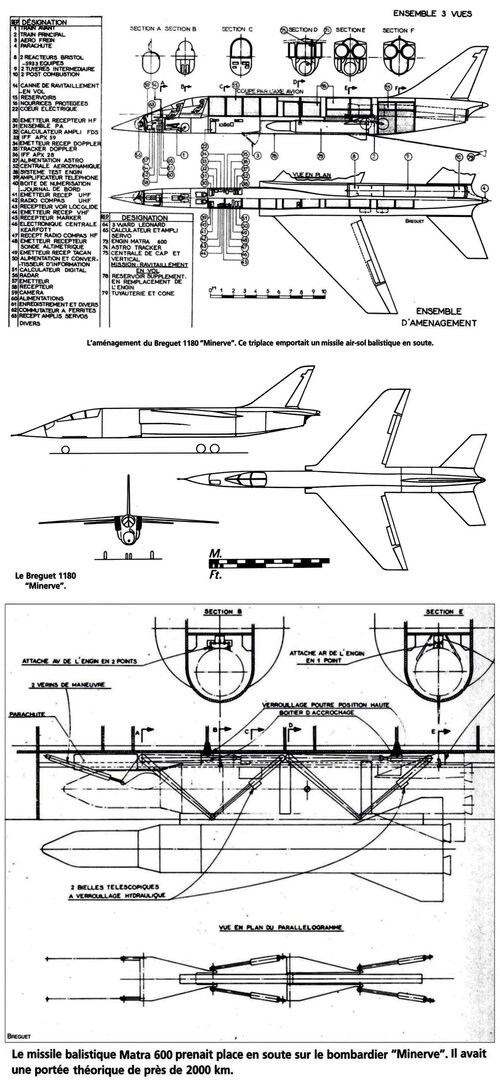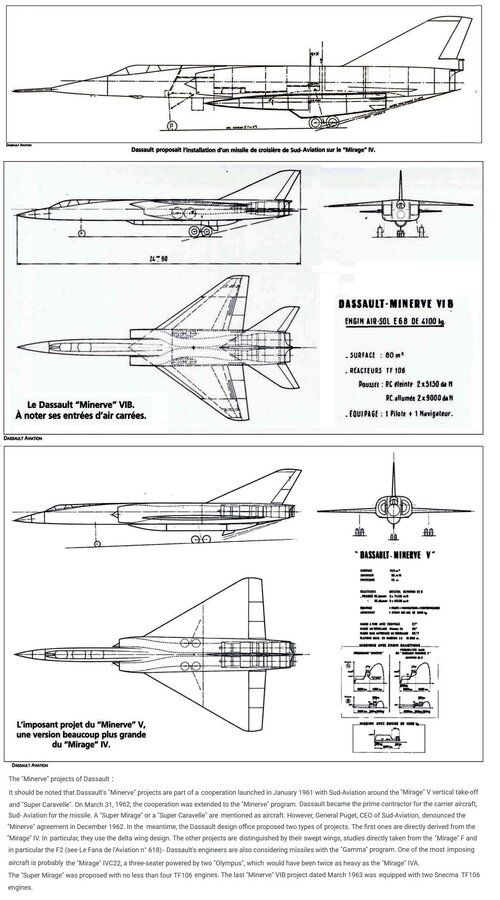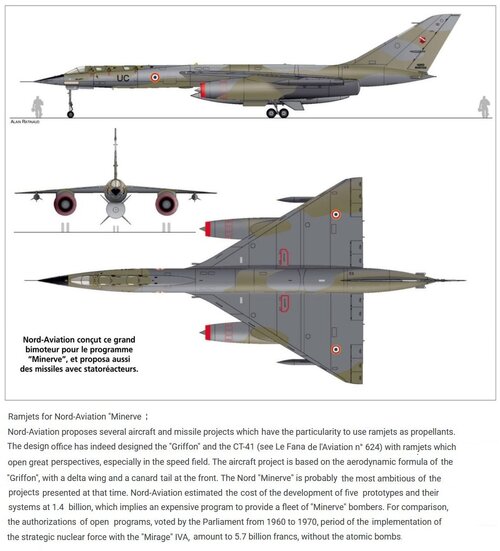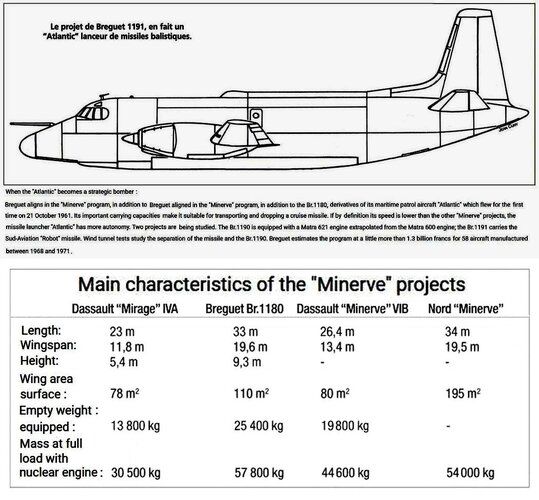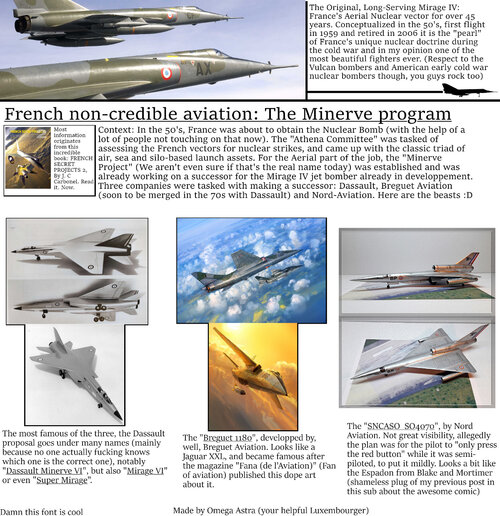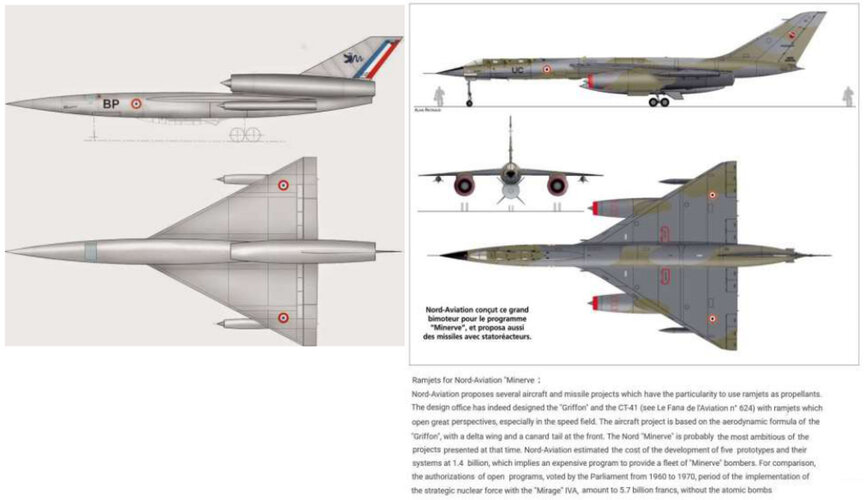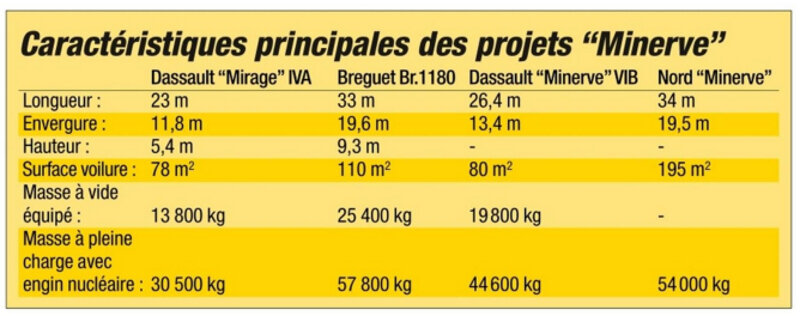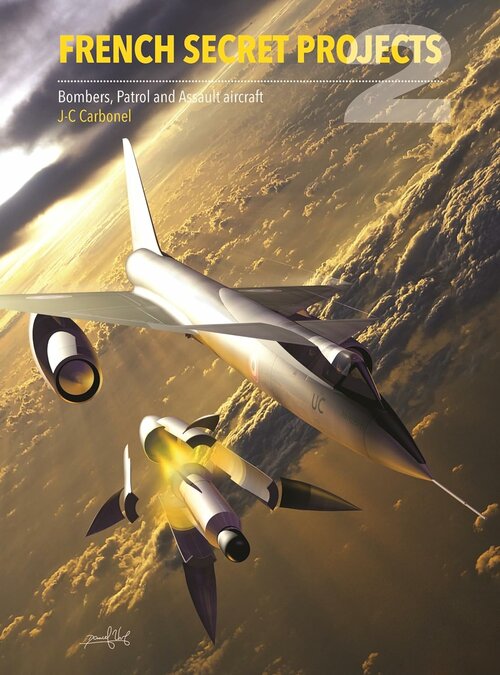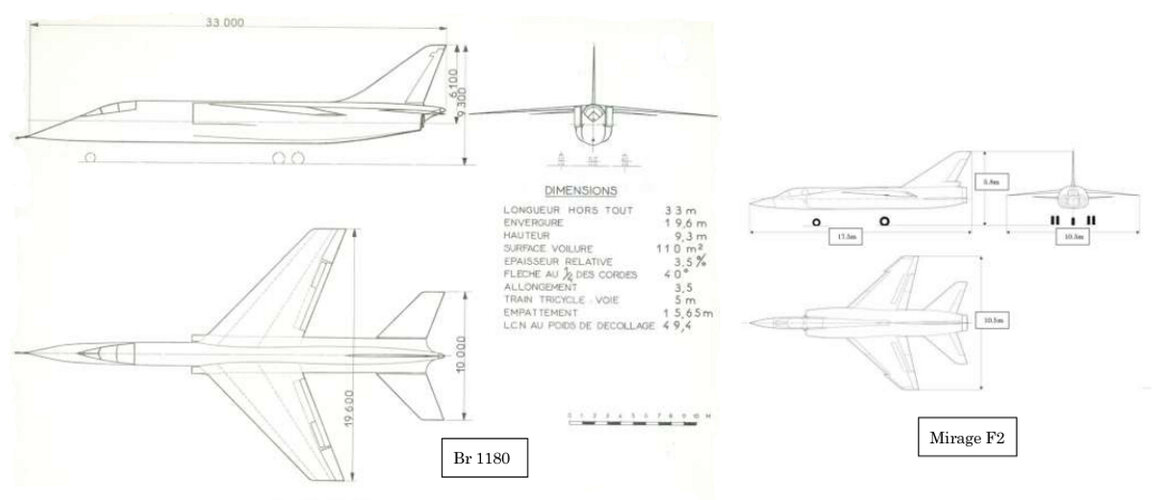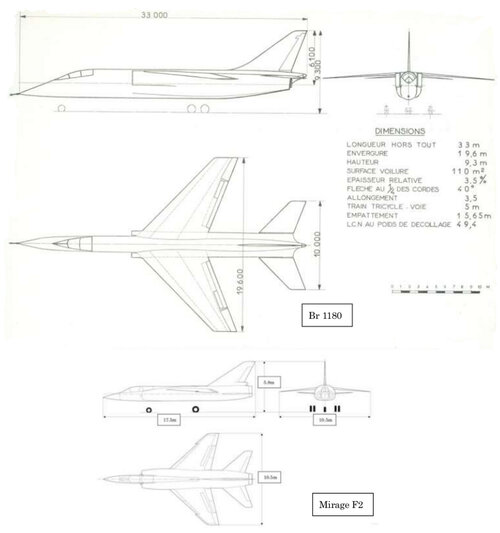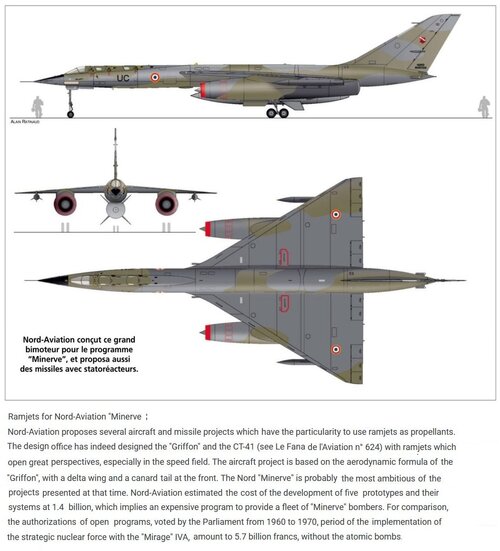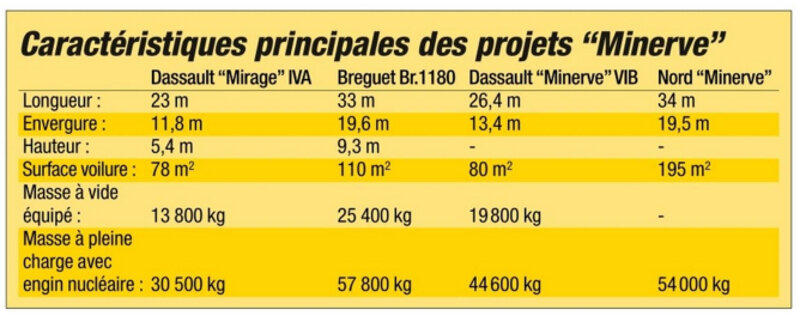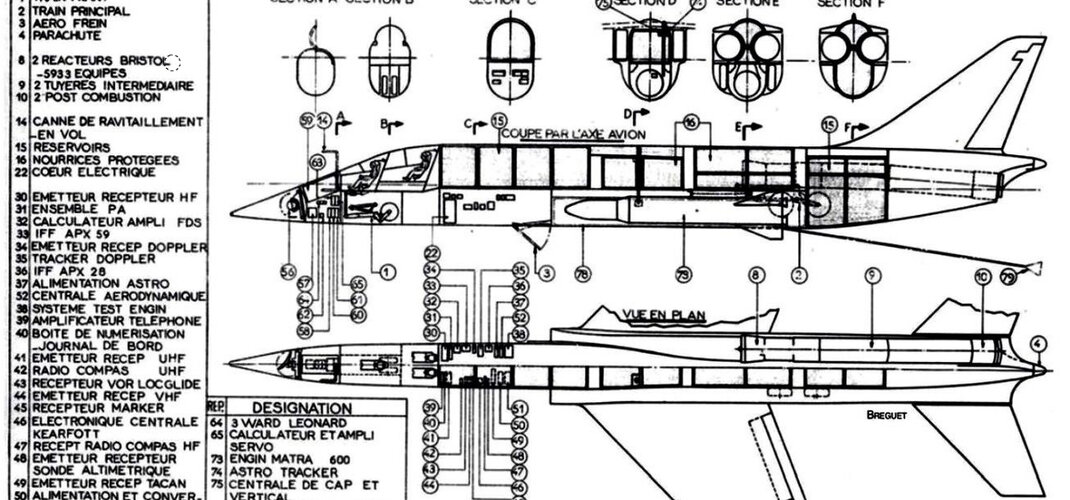Le 19 mars, la Russie a fait savoir que ses forces aériennes venaient de viser un dépôt militaire ukrainien avec une arme hypersonique, en l'occurrence un

www.opex360.com
When France was thinking of developing an aero-ballistic missile with nuclear capability...
On March 19, Russia announced that its air force had just targeted a Ukrainian military depot with a hypersonic weapon, in this case a Kh-47М2 Kinjal aeroballistic missile, fired from a MiG-31K fighter jet. Derived from the SS-26 [or Iskander-M] surface-to-surface missile, this craft adopts a ballistic trajectory [or quasi-ballistic trajectory if its apogee is in the atmosphere] before beginning a descent towards its target, while having a manoeuvring capability as it approaches the target.
The Kh-47M2 Kinjal is not the only hypersonic aeroballistic missile [i.e. flying at a speed greater than Mach 5] to have been developed... China is developing the CH-AS-X-13, which is expected to arm the H-6N bomber.
However, the concept of an "air-launched ballistic missile" [ALBM] is not new. In the United States, in the 1950s, Lockheed developed the High Virgo [or WS-199C] missile, which was to be used by the Convair B-58 Hustler supersonic bomber. But he did not give full satisfaction. But it paved the way for the GAM-87 Skybolt aeroballistic missile, which was to be launched by the U.S. Air Force's B-52 Stratofortress and the Royal Air Force's Avro Vulcan bombers. But again, this project was cancelled in 1962, due to its uncontrolled costs and technical difficulties... In addition, it seemed less relevant than surface-to-surface and sea-to-surface strategic ballistic missiles.
However, at the same time, France was considering whether to equip its Strategic Air Forces [SAF] with nuclear-capable aeroballistic missiles. While the Mirage IVA, carrying the AN-11 nuclear bomb, was preparing to enter service after rapid development, the General Staffs were quick to talk about its replacement, in order to anticipate the progress of air defenses and electronic warfare. These advances were likely to make the bombers too vulnerable.
Hence the launch, in 1962, of the "Minerve" program, which is the subject of a complete dossier in the last issue of the Fana de l'Aviation. The central idea was that the French strike force should be equipped with an air-to-surface ballistic missile, carried by a new bomber that could launch it from a safe distance.
Three manufacturers were called upon, including Sud-Aviation, with a derivative of the Concorde capable of carrying the "Robot" missile, itself the result of studies relating to the "Casseur" surface-to-surface ballistic device [abandoned in 1959, editor's note], Dassault Aviation, with the Mirage IVB, much larger than the Mirage IVA, and Bréguet.
He worked on the Br.1180 supersonic twin-engine bomber... as well as a derivative version of what would become the Br.1150 Atlantic [which was quickly discarded]. What these two solutions had in common was
the Matra 600 aeroballistic missile.
With a range of more than 4000 km, powered by two Bristol BS593/3 engines and operated by a pilot, a navigator and a radar operator, the Br.1180 had to have a mass of more than 60 tons, for a length of 33 meters and to have the capacity to be refueled in flight [and even serve as a refueler]. It was planned to place the Matra 600 in a cargo hold.
As for this one, with a length of 9 meters, a diameter of 1.05 meters and a mass of 8400 kg, it had to be guided by an inertial measurement unit and a digital computer. Powered by a turbojet
(??) engine, its maximum range was about 2000 km depending on the drop altitude.
The Matra 600 "can be dropped at Mach 2 at an altitude of 18,000 meters, with a maximum range of 1,900 km. Low-altitude launch can be carried out at Mach 1.2, with a range of between 1000 and 1200 km. The planned nuclear warhead has a power of about one megaton [one million tons of TNT, editor's note]. A two-stage version to improve the range is envisaged for low-altitude launching," summarizes Claude Carlier, in the columns of the Fana de l'Aviation.
In the end, this project went no further than the drawing board... since it was decided to cancel it in 1963. One of the reasons was the use of foreign-designed engines, which was not in line with the criteria for national independence at the time. In addition, it was considered both too ambitious and too costly.
It was not until the 1980s that the SAF was equipped with a nuclear-capable missile – but a cruise missile – with the ASMP [Medium Range Air Surface].
Find out more: "French Secret Projects" Volume II – Jean-Christophe Carbonel






